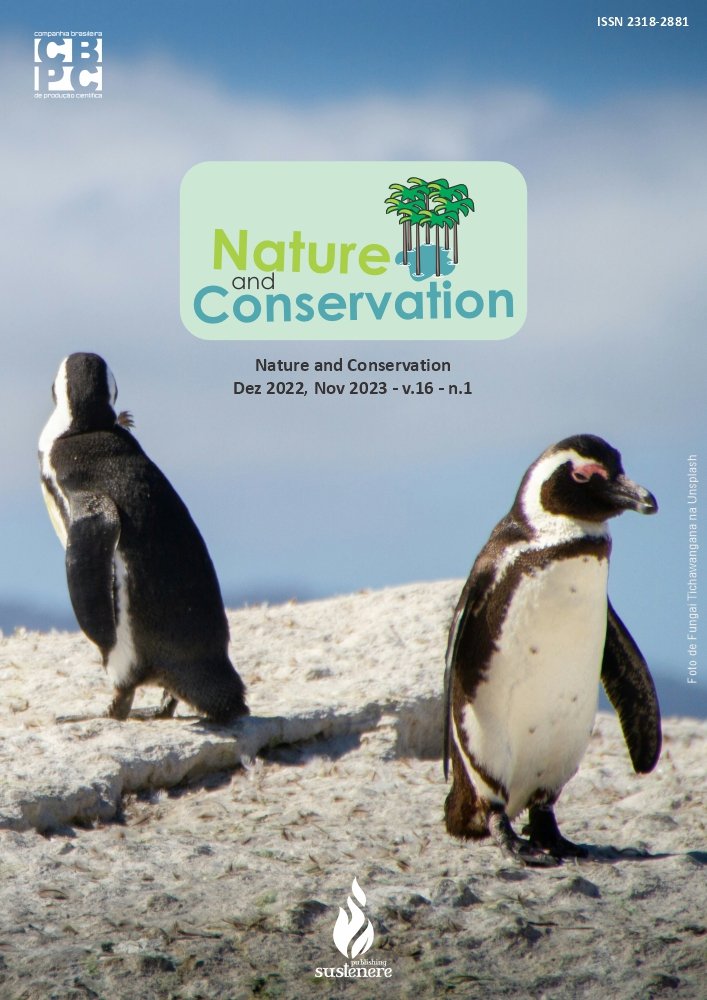Anurans as bioindicators of the effect of hazardous waste discharge in the waters of the Gurjaú state reserve, northeastern brazil
DOI:
https://doi.org/10.6008/CBPC2179-6858.2023.004.0003Keywords:
Amphibians, Pollution indicators, Gurjaú River, Environmental degradationAbstract
Frogs use different kinds of environment in their life cycle; hence, they may be indicators of pollution and environmental degradation. In the present study, the frogs are relevants to evaluate the harmful effects of waste disposal. We carried out weekly sampling by active search from January to December 2004 in a 1-km stretch of the Gurjaú River, at the Gurjaú State Reserve (SRSG), located in the south of the city of Recife, which is managed by Pernambuco Sanitation Company (COMPESA), maintaining a water treatment plant in the reserve since the damming of the Gurjaú River. COMPESA discharges quarterly the chemical waste from the cleaning of its settling tanks directly into the Gurjaú River, downstream of the water uptake. The study displayed that among 40 species, six were observed near the river: Hypsiboas semilineatus (Spix, 1824), Leptodactylus gr. marmoratus (Steindachner, 1867), Scinax x-signatus (Spix, 1824), Litobathes palmipes (Spix, 1824), Leptodactylus vastus (Spix, 1824), and Pseudopaludicola gr. falcipes (Hensel, 1867). The site located upstream of the waste discharge had much more captures than the site located downstream of it. Based on the physicochemical analysis of the water, we conclude that the activities of COMPESA have high environmental impact.
Downloads
Downloads
Published
Issue
Section
License
Copyright (c) 2023 Ibero-American Journal of Environmental Sciences

This work is licensed under a Creative Commons Attribution-NonCommercial-NoDerivatives 4.0 International License.
The CBPC - Companhia Brasileira de Produção Científica (Brazil CNPJ: 11.221.422/0001-03) the material rights of the published works. The rights relate to the publication of the work anywhere in the world, including rights to renewals, expansions and dissemination of the contribution, as well as other subsidiary rights. All electronically published works may subsequently be published in printed collections under the coordination of this company and / or its partners. The authors preserve the copyright, but are not allowed to publish the contribution in another medium, printed or digital, in Portuguese or in translation.









